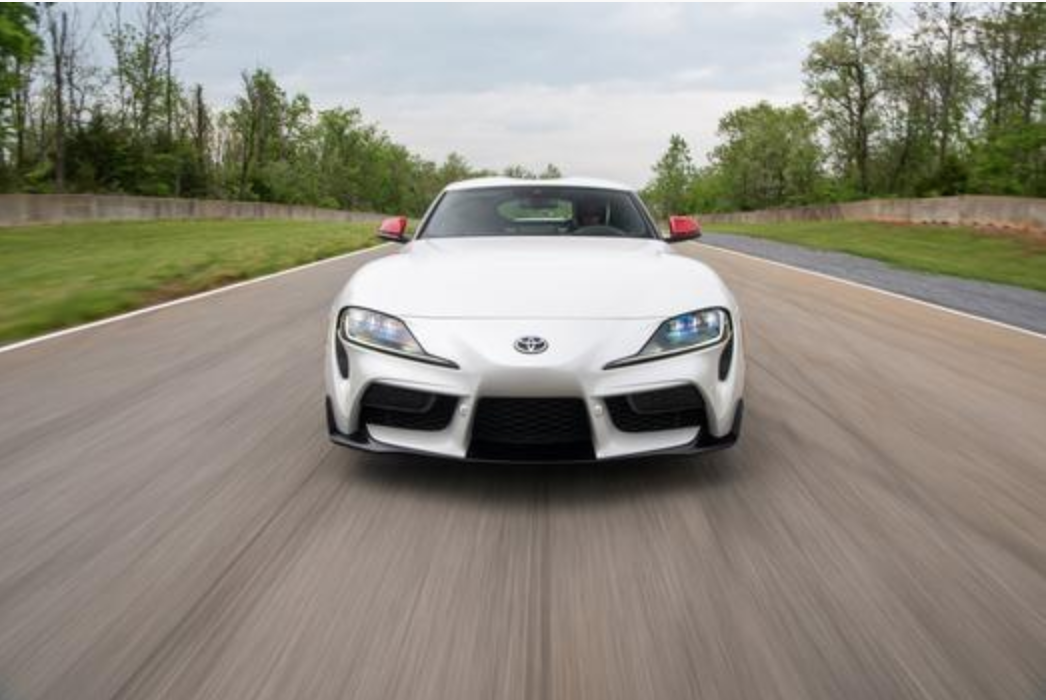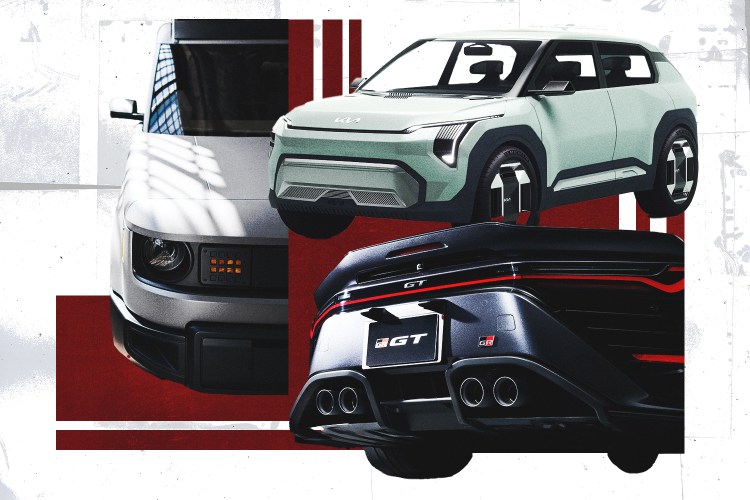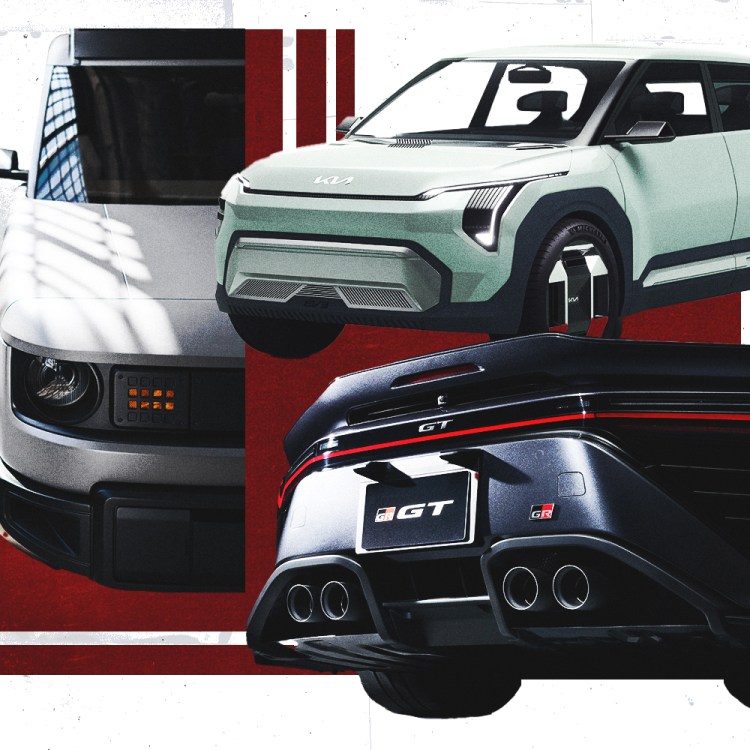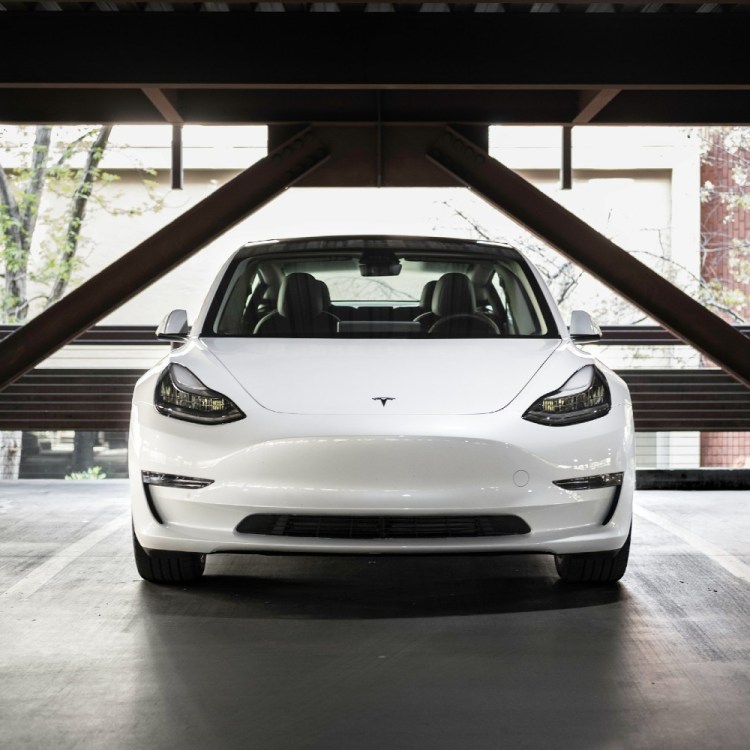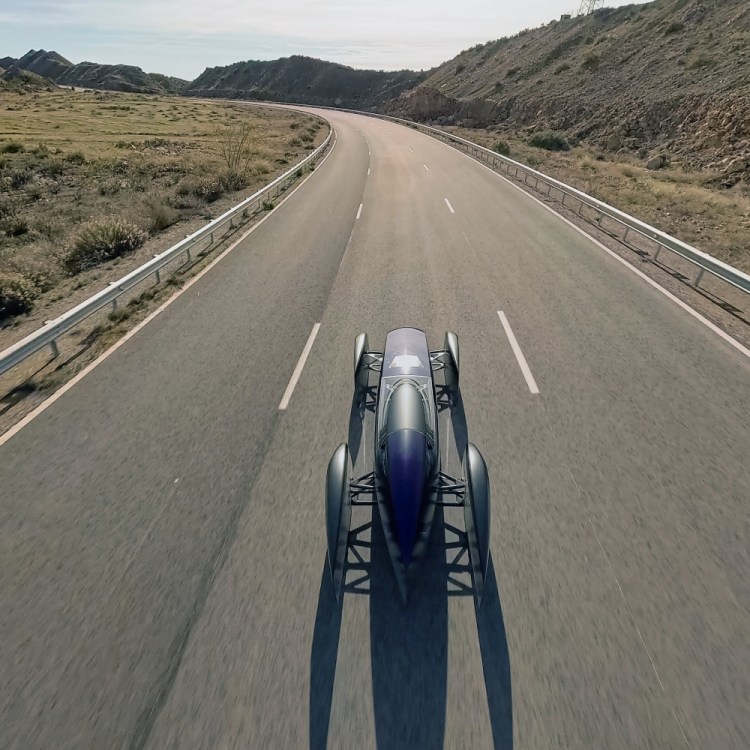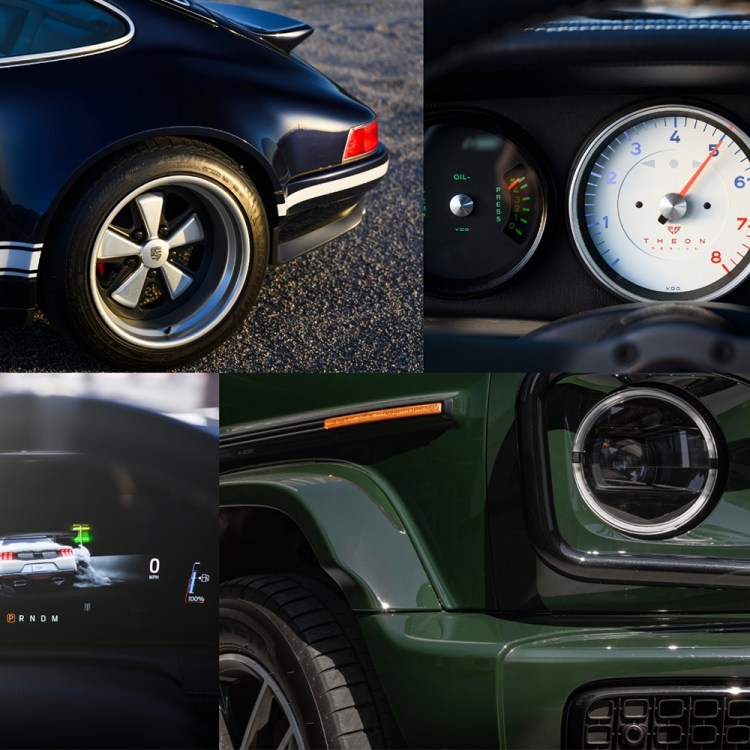The 2020 Toyota GR Supra ranks as one of the most eagerly anticipated releases the automotive market has seen in years. But as a late-summer delivery date draws closer, many of the drivers who should be most excited about the car’s second coming are instead among its biggest critics.
Toyota introduced its iconic sports coupe in 1978, and the car would go through four regenerations before it faded from the marque’s range in 2002. Throughout its incarnations, the Supra remained quick and nimble, smooth and stylish. Perhaps Toyota’s most popular high-performance ride, its departure from the lineup signaled a conservative turn for the company, which increasingly veered toward family cars, trucks and SUVs. And it’s difficult to argue with that decision: Toyota has ranked amongst the world’s top three automakers for more than two decades.
Still, lovers of Japanese vim and vigor pined for the return of their Supra. While other Asian manufacturers like Nissan, Mitsubishi and Lexus (Toyota’s luxury car sister company) still make adrenaline-themed machines, the Supra had a magical everyman quality about its styling and capability that set it apart. It was a sexy automotive creation that the working man could realistically aspire to own and young tuning fans could fit with any number of enhancements.
And though the Supra went into hibernation while Toyota sold Camrys, Corollas and Priuses, it was never truly gone. The company either applied for or renewed trademarks on the Supra name in 2010, 2014 and 2016, and at the 2014 North American International Auto Show, they unveiled a new, exciting design dubbed the FT1 Concept. A hyper-stylized sculpture of vents and fins, it’s been the worst-kept secret at any auto show since that the FT1 would eventually become the next Supra.
Indeed, the exterior styling of the 2020 creation shares much of the FT1’s flair, with a swooping curve that swings up from the doors to the haunches and multiple scoops marking the grille. Slashing LED headlights, a sloping dome roof for enhanced aerodynamics and an understated rear spoiler complete the picture. It’s a handsome build with lines reminiscent of the current Mazda MX-5 and the BMW Z4 roadsters.
And, there’s the rub, Shakespeare, hidden in those three well-worn letters that hail from east of the Rhine.
Just because Toyota wanted to get back into the sports-car game didn’t mean they immediately possessed the engine and platform to do so. So the company forged a partnership with BMW to make the guts of the car, resulting in a 3.0-liter inline-six producing 335 horsepower and 365 pound-feet of torque, making for a 0-60 time under four seconds and a limited top speed of 155 mph.
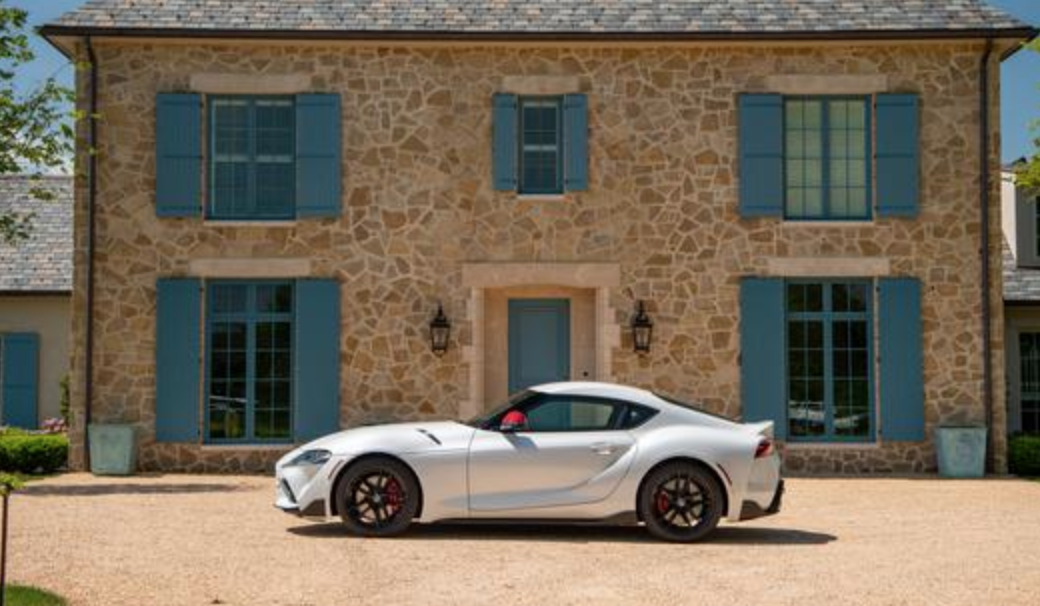
Throw in BMW’s front strut and rear multilink tuned suspension with their eight-speed automatic transmission, and you end up with a tight and sophisticated driving experience that should make the new Supra a popular target when driving lovers go shopping later this year.
But what about the die-hard Rising Sun gearheads who seemed absolutely amped when Toyota first announced the return of Supra? The same people who worship everything from the 2000GT to the Celica to the MR2 are the real would-be buyers for the new Supra, and their response hasn’t exactly been an ecstatic one.
For example, at enthusiast online hotbed Supraforums.com, “Very Senior Member” Silver Supra makes his feelings on the new version very clear: “I care more about what is inside than what is outside. Therefore — no BMW for me.”
At Supramkv.com, user TheRealist complains, “Sorry but we’ve reached peak delusion…I’m firmly in the disappointed camp. The car is a re-shell of BMWs platform…The huge lack of unique parts says it all.”
According to Sam De La Garza, Senior Manager of Marketing for Supra, Toyota was confident as the car approached its debut, but prepared for that purist backlash.
“It’s our strategy to take it to those purists,” De La Garza says. “We want to hit it head on because the car gives us confidence. Everybody has been so excited about this launch, so we gauged the enthusiast reaction first.”
De La Garza and Toyota are upbeat about the reaction they’ve seen so far.
“I think the response has lived up to expectations. The media reactions are exciting, and amongst those most looking forward to the Supra, they are giving it a chance. It’s encouraging to see people defending the car, because it shows the partnership with BMW can work.”
On the surface, it’s easy to sympathize with the bristly devotees who were looking forward to the return of a Supra with sleek-21st century styling on the outside and a small but aggressive, finely tuned Japanese power plant under the hood. While they got the former, they behold a car whose heart beats closer to Munich than Tokyo. The Supra trolls are a passionate camp who crave only genuine Japanese Kool-Aid (or whatever the powdered drink equivalent might be in the Aichi Prefecture).
But a more reasonable and less single-minded approach considers that Toyota chose BMW as its partner on this venture for a reason. The horn-rimmed glasses, stern haircuts, slide rules and grim visages that make up Bayerische Motoren Werke have produced some of the finest and most enduring mass-market vehicles in automotive history. Toyota didn’t nuzzle up with Yugo — this is a marriage of major automakers who build successful cars.
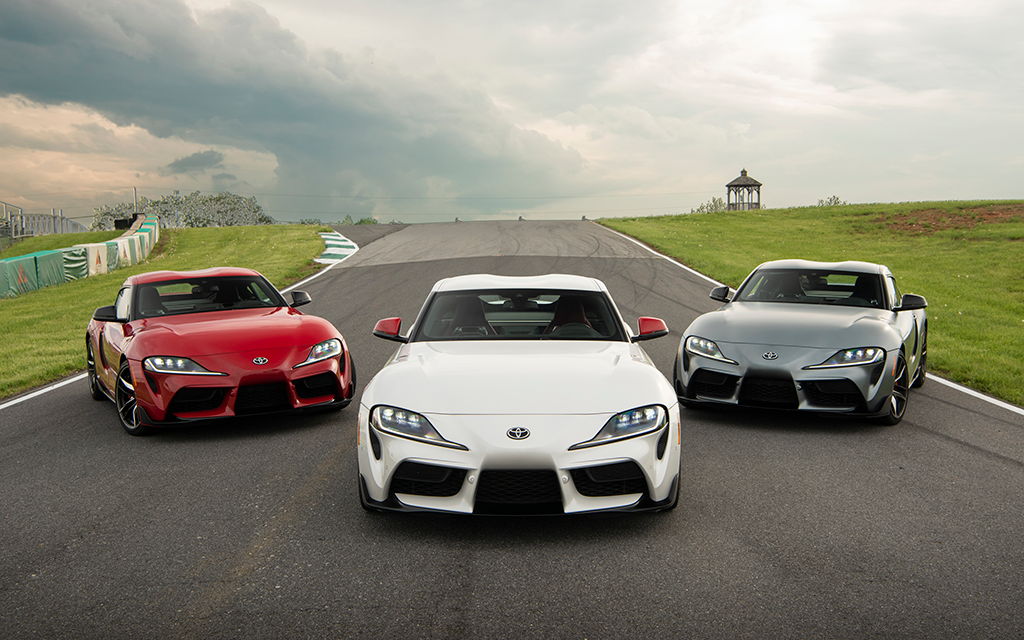
It’s not the first time Toyota has successfully partnered with another automaker to produce a true driver’s car. The company buddied up with Subaru in 2012 to create the co-branded Toyota GT86 (formerly the Scion FR-S) and the Subaru BRZ. Somehow, that seemed to sit better with the cultists because it was a marriage of Japanese brands.
And having test-driven the Supra earlier this year, all of this purist hand-wringing seems unnecessary once you actually sit behind the wheel of the 2020 GR Supra. Tight and responsible with a tuned angry exhaust note that will get any car fan’s attention, this new Toyota will prove a successful introduction.
With an MSRP settling in around $51,000, the new Supra fits less comfortably under the “accessible” label that has long been applied to it. Regardless, it drives like a car worth every penny. This is a car worth waiting for and worth driving — even if the true believers out there want to pout themselves out of owning it.
This article appeared in an InsideHook newsletter. Sign up for free to get more on travel, wellness, style, drinking, and culture.
